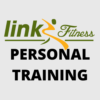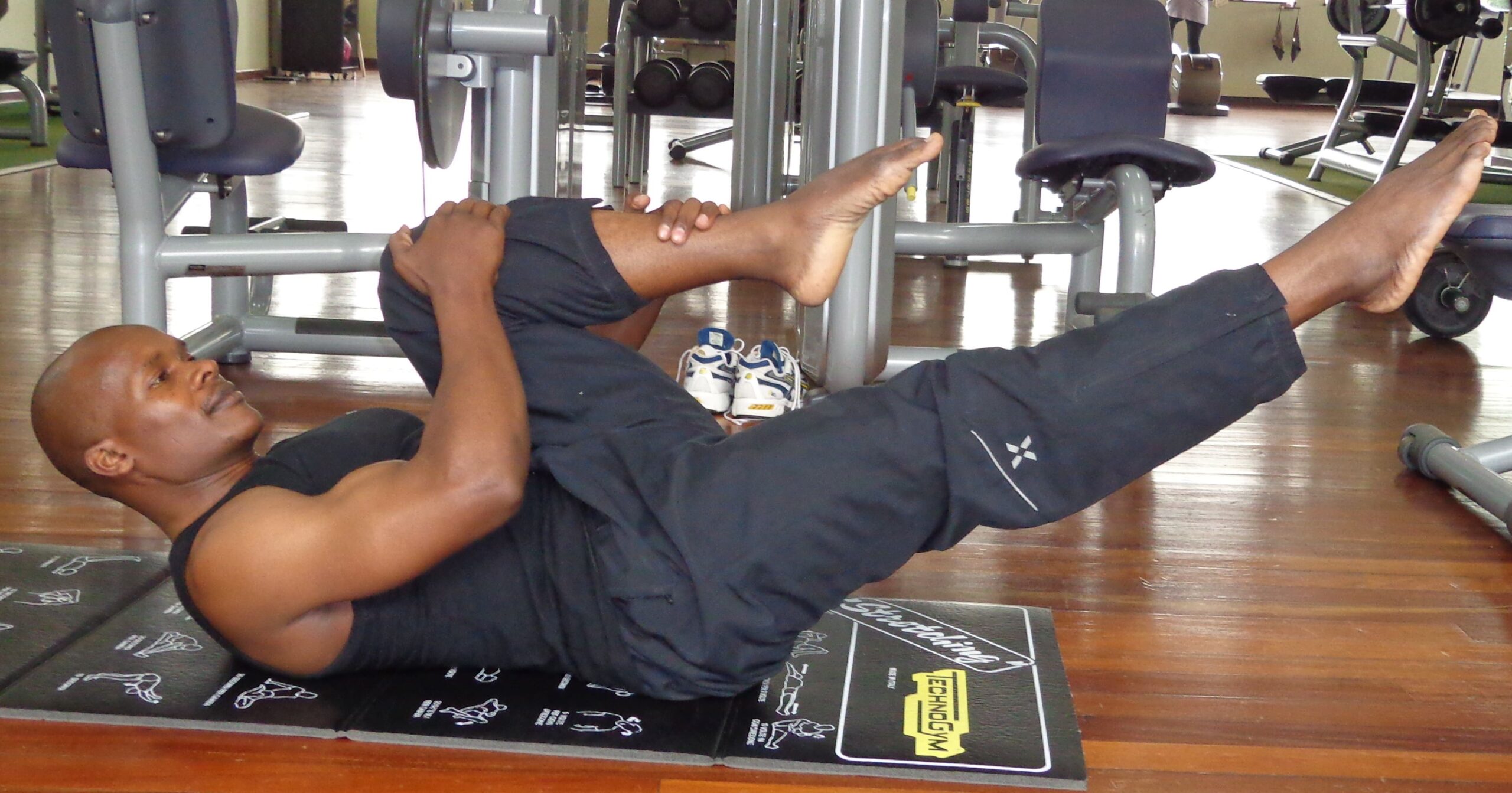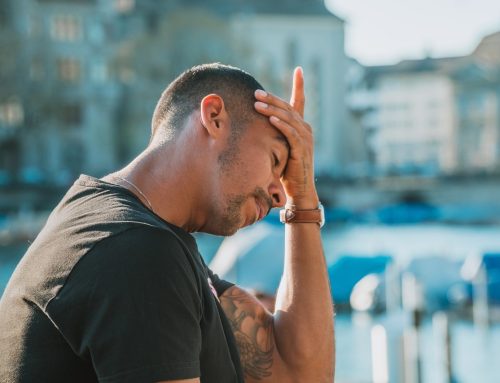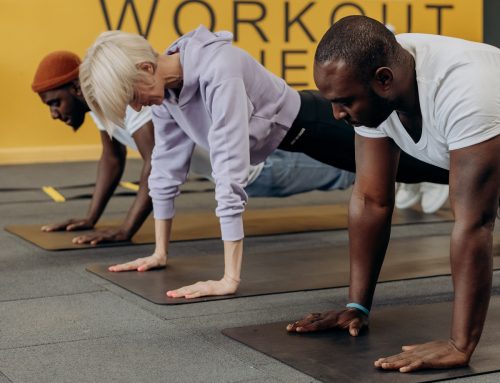Most people have suffered either mild or chronic back pain at some point in their lives. The pain can be a dull ache or a sharp, excruciating pain that limits movement.
Back pain is not a respecter of persons. Whether active or not, you will somehow experience the painful pangs of back pain in future, or you could be going through it now.
So it is wise to take the necessary preventive measures and prepare in advance to handle and manage it with confidence.
What Causes Back Pain
Back pain has a variety of causes: injuries, lack of exercise, poor posture, terrible training mechanics, congenital causes and many other causes.
Being sedentary is also a leading cause of back pain for most people. But on the flip side, you can be active and still experience back pain because of training with bad form and choosing the wrong exercise.
And because so many factors can lead to back pain, no two people will have the same symptoms, and thus the management will vary on a case-by-case basis.
My Back Pain Experience
I have been a victim of back pain on several occasions in the past.
You will agree with me that if your goal is to train hard and constantly push your limits, chances are injuries are bound to happen.
On a Monday afternoon back in 2018, I walked into the gym feeling fresh and psyched up for the workout ahead. Being a Monday, it was leg day, and I was looking forward to it after a restful weekend.
For a quick warm-up, I jumped on the treadmill for an easy jog. Immediately after, I went straight to the squat rack, slapped 20-kilo plates on the squat rack and started doing my warm-up set.
Six repetitions in, I felt a sharp spasm across my lower back. The pain was unbearable. I slowly re-racked my weights and lay on the floor, trying to figure out what could have happened.
That was it. My short-lived leg day workout was over.
So what did I do?
I turned to my favourite mode of pain and stress relief. Pilates.
After resting for a while, the pain eased a bit, and I managed to do a few gentle stretches to relax the area. I left the gym and went straight home to begin working on my recovery.
As the days progressed, I continued stretching and mobilizing my back while giving it time to rest and heal.
After two weeks of daily Pilates stretching and strengthening routine, I resumed my training with no pain but not at full throttle.
This does not mean that Pilates is a miracle cure for all back-related problems and will work for you.
Remember, every incident of back pain is unique. So, get a proper assessment from your doctor or physical therapist to identify the cause before trying any modality to relieve or fix the pain.
And if you decide that Pilates is the way to go, make sure you work one-on-one with an experienced Pilates Instructor who will help you regain full strength, mobility and function.
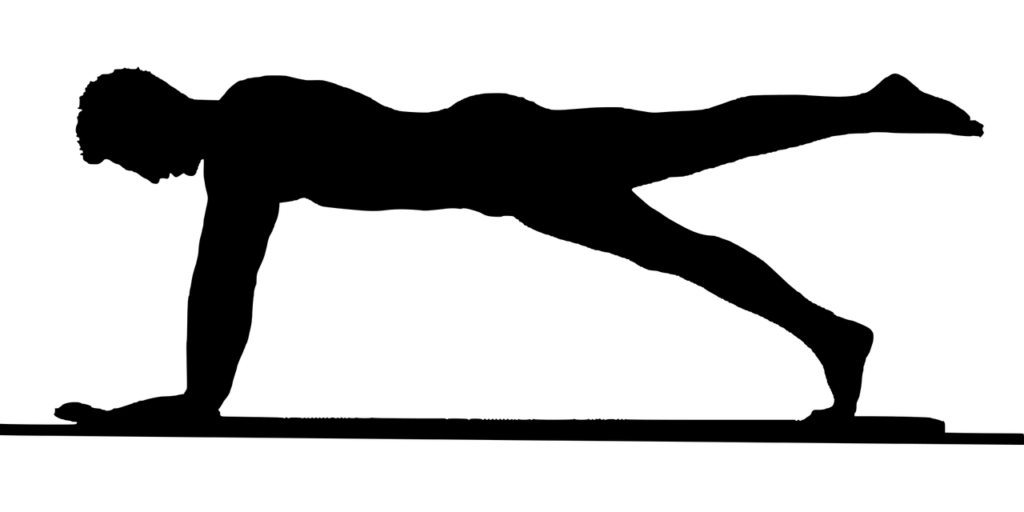
Pilates worked and continues to work for me for two important reasons:
- I understand what works for my body.
- I have gained years of experience helping many clients recovering from injuries, gaining massive confidence when dealing with such issues.
Besides injuries from training, most incidents of back pain are due to structural imbalances in the body.
Poor posture, muscular imbalances, pelvic instability and having a weak core all affect your back’s health.
Pilates is effective at fixing these issues because the whole concept of Pilates is about eliminating these imbalances and ensuring that the body is working at its best.
Here’s how Pilates prevent and fixes back pain.
1. By promoting good posture
Every single Pilates exercise is performed with perfect alignment. An aligned body means all parts are in sync and working in harmony.
When the body is misaligned, there’s uneven stress on the spine leading to back pain. Pilates works at creating uniform muscle use and development and fixes any misalignments.
If you’ve ever taken a Pilates class, you must be familiar with the term “neutral spine”.
A neutral spine is the ability to maintain proper placement of the spine and pelvis together with enough core strength to support its natural curves.
The more you can do this, the less likely you’ll suffer unnecessary strains on your back.
2. It builds super core strength.
When you have good core strength, your trunk muscles are strong and are working together to support your spine.
These muscles include your abdominals, deep low back muscles, upper back, and the muscles around your hips.
Any tightness or weakness in any of these muscles will cause undue strain on your back and cause pain later.
Regular Pilates practice will go a long way to strengthen your core and thus keep your back safe.
3. It increases body awareness
Body awareness is how your body feels and stays in space. It is being able to move your limbs well using your trunk as stable support.
In my Pilates sessions with one client or in a group, I tell whoever has back pain to use their body as their guide. This works so well and has proven to be effective for most clients.
When you have back pain, you’ll often realize that some flexion exercises (bending forward) are painful, whereas extension exercises are not and vice versa.
The goal, therefore, should be to focus on doing movements that are not painful and be very mindful when trying out new exercises. As a general rule, if it hurts, don’t do it.
4. It promotes flexibility
If you have a healthy spine, you should be able to bend forward, backward, sideways, and rotate without pain or discomfort.
Pilates promotes easy movement of the spine in all directions, relieves the stresses and strains of everyday life, and significantly reduces the chances of injury.
Core strength and flexibility go hand in hand to build strong support and maintain a healthy back.
If you’re currently going through an episode of back pain, take heart.
Remember, this is not permanent but can be fixed through proper exercise and other modalities.
Conclusion
Training injuries are bound to happen no matter how careful you are, so what usually matters is your attitude after the injury.
Do you allow it to slow you down and squeeze happiness out of your life or do you pick up the pieces and keep moving forward by doing whatever you can?
It is no doubt that practising Pilates several times per week can help you prevent and relieve pain and stiffness. It also builds a solid and stable core, supports proper spinal alignment, and prevents poor posture.
Want to get started with Pilates?
Click the link below if you’d like me to coach you in person.
